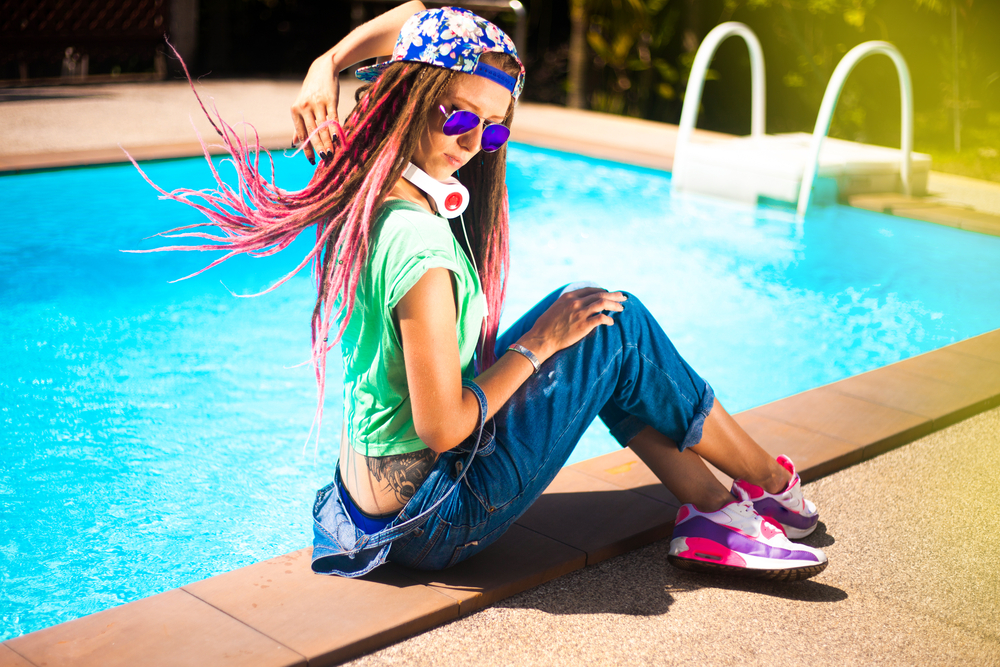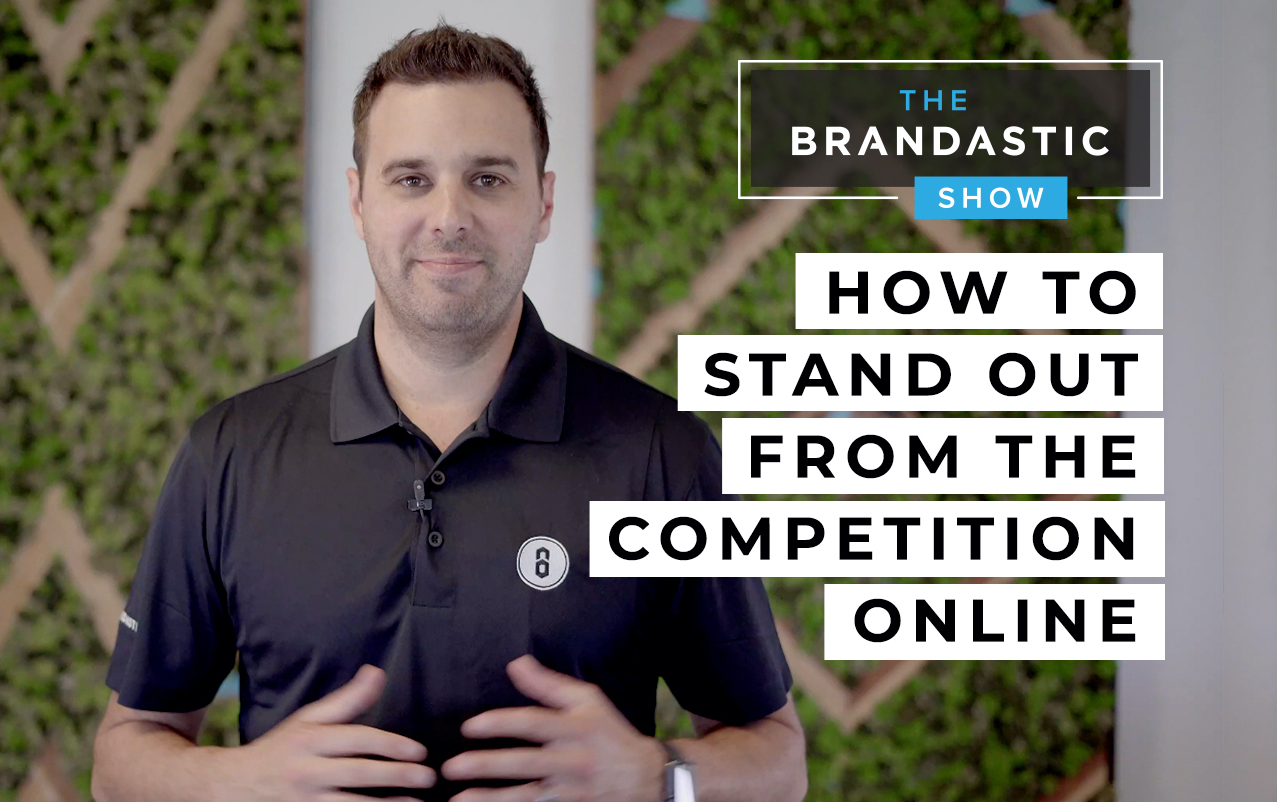A True SoCal Classic: Vans “Off The Wall” Brand Review

Take a stroll down a busy street anywhere in the world and it’s likely you’ll spot a pair of Vans before the end of the block.
The iconic brand that started in a makeshift factory has garnered not just huge financial success, but a cult following and incredible brand loyalty.
From a subculture of skateboarders to Spongebob Squarepants, and Supreme collaborations, the Vans brand can seemingly do no wrong. Its authenticity drove the classic cool factor and is now what people want from their casual shoes and fashion.
Despite their current success, Van’s unique path to cultural relevance and profitability wasn’t a smooth one. The brand suffered quite a few setbacks along the way that helped shape them into the world famous sneaker brand we know today.
Thrifty Beginnings
Vans officially launched in 1966 in Anaheim, CA as The Van Doren Rubber Company.
Paul Van Doren was an executive at a large shoe manufacturer and noticed that retailers were taking the profits while leaving the shoe manufacturers in the dust.
Paul decided to change the model by manufacturing and selling shoes at a lower cost with a longer lifespan. He teamed up his brother James Van Doren as well as his two business partners, Gordon Lee and Serge Delia.
The four founders built the original factory by themselves with second-hand tools and equipment.
Steve Van Doren, (son of Paul and the nephew of James) explained the initial thinking behind the Vans brand in the late 1960’s.
“My Uncle made the Vans sole twice as thick as the other brands and they used the strongest canvas and nylon thread. They had to make them the strongest as we didn’t advertise, so we had to just win people over with that formula.”
A Canvas for Expression
Along with the durability of the soles, Van’s initial success also came from the custom nature of the shoes. For just one dollar extra, Van Doren would make a shoe in 19 days with any fabric you wanted. If a customer had two different sized feet, Vans would sell a shoe from two different paired sizes at no extra cost.
This original custom offering became a cornerstone of the brand that would become known for individuality and artistic self-expression.
The Original Influencer Marketing
Doren refused to spend money on advertising and instead relied on gaining a following through word of mouth and the usefulness of his canvas shoe brand.
One group that flocked to the brand were skateboarders. As Steve Van Doren explained:
“That formula with the grippy sole is what skaters liked. So skaters bought the shoe because they knew it would last three or four months while others would only last a week or two.”
As the shoes became popular with skateboarders, Van Doren decided to align the brand with the subculture. The brand began transporting skateboarders Stacy Peralta, Tony Alva, and Jerry Valdez from location to location and offer them free sneakers to skate in.
For Van Doren, this was an obvious win-win. By supporting the skaters and giving them a few pairs of free shoes the brand gained entry into a whole new community. The alignment with skateboarders was a perfect marketing match and soon Vans was an underground hit with skateboarders across California.
Riding the Waves of Fame
In the early 80s, an unknown 21-year-old actor named Sean Penn visited a Vans store in Santa Monica. He picked out a pair of slip-ons in a checkerboard pattern. Penn had recently landed a role in the upcoming movie Fast Times at Ridgemont High and suggested to the director Amy Heckerling that he wanted to wear his new shoes on camera.
That film turned out to be a cult classic and the character Jeff Spicoli wearing the Vans checkered slip-on brought the brand Hollywood exposure. It catapulted Vans into the mainstream and helped them sell millions of shoes.
A Nasty Wipeout
Vans enjoyed their ride of success until the ‘80s when they decided to try their hand at making shoes for other sports like basketball, baseball, and even breakdancing.
Unfortunately, these new products flopped and rising manufacturing costs forced the company to file for Chapter 11 Bankruptcy in 1984.
In 1988, a group of investors purchased Vans for $70 million. At that time, Vans was one of the last family-owned, domestic manufacturers of shoes in the USA.
From Manufacturing to Marketing
Under new ownership, the company built a higher-tech factory, but surprisingly the output wasn’t as high as Van Doren’s original DIY factory built with secondhand equipment.
With sales still declining the brand begin to change tactics. The new focus switched to the brand’s strong cultural following, Thus began Van’s transition from a manufacturing and retail company to also a marketing company.
The connection between Vans and Skateboarding was firmly established, and to gain leverage, Vans began creating their branding and promotions around it. Their first focus was on the misfit image and music that surrounded the skateboarding world.
Welcome to Warped
The ‘Warped Tour’ first took place in 1995, and Vans became the main sponsor of the tour starting with the second tour in 1996. From then onwards it officially became known as the “The Vans Warped Tour”.
The summer festival focused on punk rock music and resonated with their core audience, attracting big numbers.
The Vans Warped tour had a unique layout at every location with lineups announced the same day. Parents who were chaperoning teenagers could spend the day waiting for their children in the ‘Reverse Day Care’ tent.
The tour quickly grew as an immediate hit and attracted high profile acts and large crowds on every stop. In this way, the Vans brand became even more interlinked with youth culture and skateboarding.
To branch out, Vans started sponsoring extreme and recreational sports athletes in and outside of skateboarding. This included the Vans Hi-Standard Series for snowboarding, the US Open of Surfing, and the Vans Duct Tape Invitational.
Vans also delved into the world of film, financed the production of the documentary ‘Dogtown and Z-Boys‘. Narrated by Sean Penn and directed by Stacy Peralta, it looked at the origins of California skate culture. The film even received the Audience Award and Directing Award at the 2001 Sundance Film Festival.
This method of connecting to the communities and cultures that supported the brand was a genius move for Vans. In 2000, Vans gained recognition by Forbes as one of America’s Best Small Companies.
Back to Basics
However, all this focus on culture was also distracting the brand from selling shoes. By the early 2000s, the company built a nationwide chain of 12 skateboarding parks. In 2003, Vans wrote off roughly $20 million and was eventually sold to the VF Corporation for $396 million in 2004.
With this change in ownership, VF refocused the Vans brand on retail sales. Increasing the store count to 200 stores by 2009, and getting back to basics on the original styles that had made the brand so popular.
Vans began reworking some of it’s most iconic shoe styles in the early 2000s. The ‘Old Skool’ shoe style and checkerboard designs proved incredibly popular with a new generation.
The refreshed lines included lighter-weight shoes with more cushioning than original Vans while retaining the signature thick-soled look.
The Vans’ SoCal style is soon transferred into apparel products including sweatshirts, sweatpants, backpacks, jeans, socks. Vans also reduced the apparel production timetable enabling it to have more current and up-to-date new products each year.
Off The Wall Success
With the new focus on classic style and fashion, Vans continued to thrive throughout the early 2000s. A consistent focus on its core audience has deeply ingrained it as a cornerstone of the action sports community. In 2011, Vans passed $1 billion in annual global sales and hit $2.3 billion in 2016. This was after years of work building the brand.
Today, Vans continues to find success collaborating with outside artists and pop culture icons. This attracts the interests of different subcultures and enthusiasts and furthers Van’s brand values of creative and artistic expression. Some of the most popular Vans X cross promotions include The Beatles Yellow Submarine, Star Wars, Metallica, Iron Maiden, Marvel, and the Simpsons.
Forever Young
The Vans Brand has survived over 50 years in an incredibly competitive marketplace. For a brand that started as an outlier, it has hacked popular culture and remained authentic.
In 2017, Vans settled into a new global headquarters in Costa Mesa, CA. The new space resembling a checkerboard Vans shoebox houses a couple of skate ramps in the parking lot, and often hosts live events throughout the year.
Another recent innovation includes the opening of House of Vans locations across the world. According to the company, these are locations built to ‘let imagination lets loose over concrete bowls, art installations, workshops, and concert stages, inspiring every person who runs, rolls, or stomps through its door.’
This mantra personifies the Vans brand itself. From the earliest days in a makeshift factory to worldwide success and cultural reference. Vans is a true SoCal classic that embraces the youth culture and encourages a community alongside the selling of its products.



